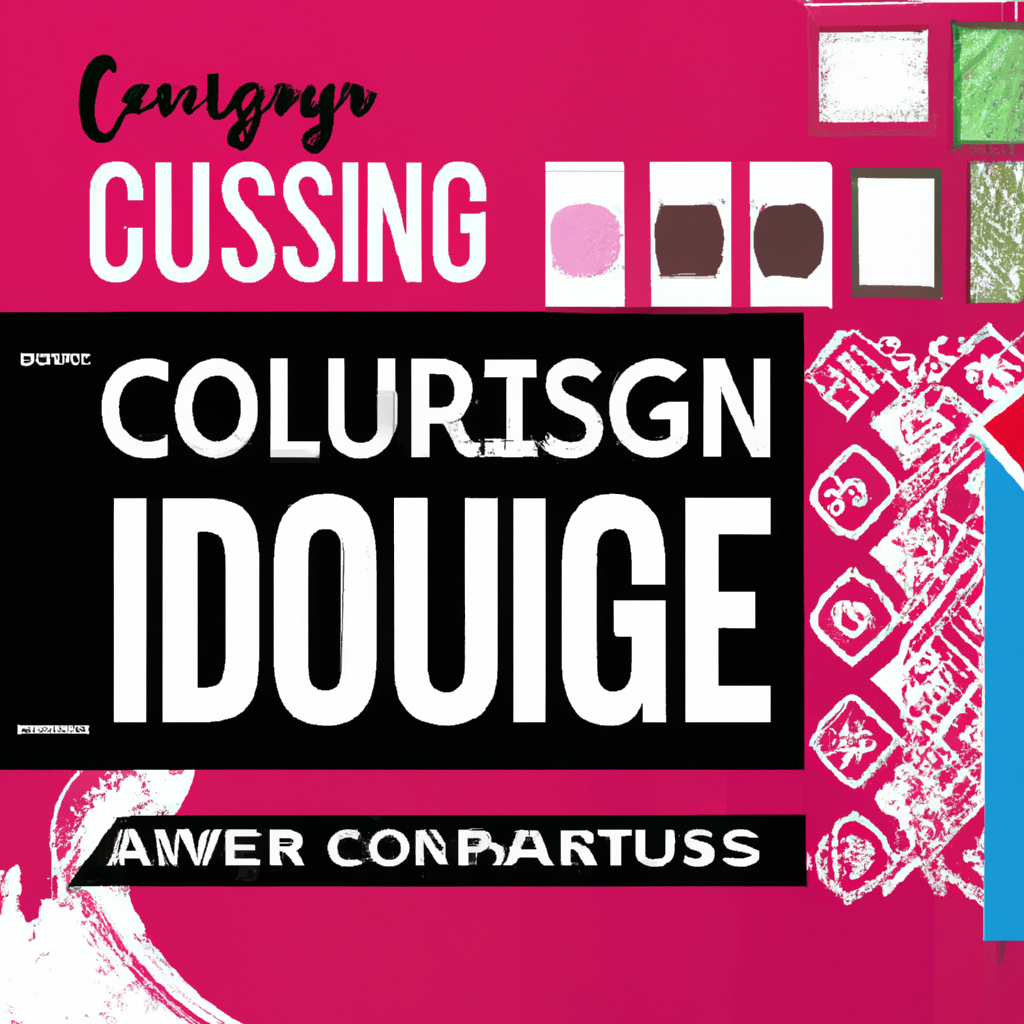Top Graphic Design Courses Walkthrough: Elevate Your Creative Skills
Unlock your creative potential with our comprehensive guide to the top graphic design courses. Whether you’re a beginner or an advanced designer, this walkthrough will help you navigate through the best educational resources, curriculums, and learning platforms to master graphic design tools and techniques.
Why Take a Graphic Design Course?
Graphic design is one of the most in-demand creative professions. Mastering it opens doors to careers in branding, digital marketing, user experience (UX), and more. Courses offer a structured approach to learn essential graphic design skills such as typography, color theory, layout principles, image editing, and vector illustration. Whether you’re looking to build a professional portfolio or simply explore your artistic side, enrolling in a top-rated course is a smart investment in your future.
How to Choose the Best Graphic Design Course
- Assess Your Skill Level: Are you a complete beginner, intermediate, or advanced designer?
- Course Content: Review course modules to ensure they cover design fundamentals, software proficiency (like Adobe Photoshop, Illustrator, InDesign), and real-world projects.
- Learning Format: Decide between self-paced online tutorials, live virtual classes, or in-person workshops.
- Certificate & Portfolio: Look for courses that offer certification and opportunities to build a professional portfolio.
- Instructor Credentials: Seek courses led by experienced graphic designers and educators.
Top Graphic Design Courses: A Walkthrough
Let’s dive into a walkthrough of the highest-rated graphic design courses for every learning style and budget. Each course below is recognized for its comprehensive curriculum, hands-on projects, and industry-relevant skills.
1. Foundations of Graphic Design
This beginner-friendly course introduces the core principles of design, including alignment, balance, contrast, and hierarchy. You’ll learn how to use industry-standard design software, explore vector graphics, and create engaging visual compositions.
- Duration: 4-6 weeks
- Key topics: Design theory, color systems, typography essentials
- Ideal for: Newcomers to graphic design
“The perfect starting point for aspiring designers seeking a strong foundation.”
2. Advanced Graphic Design Techniques
For those looking to elevate their skills, this course focuses on advanced design concepts like branding, logo development, packaging design, and digital illustration. Expect in-depth software tutorials and portfolio-building projects.
- Duration: 8-10 weeks
- Key topics: Brand identity, advanced vector illustration, mockup creation
- Ideal for: Intermediate and advanced designers
3. UI/UX Design Specialization
Modern graphic designers often branch into user interface and user experience design. This course covers wireframing, prototyping, and usability testing, equipping you with the skills to design intuitive digital products.
- Duration: 6-8 weeks
- Key topics: Interface design, Adobe XD, Figma, usability principles
- Ideal for: Designers interested in web and app design
4. Motion Graphics and Animation
This cutting-edge course introduces motion design fundamentals, including storyboarding, keyframing, and animation in After Effects. Perfect for those who wish to create animated graphics, explainer videos, or social media content.
- Duration: 5-7 weeks
- Key topics: Animation techniques, motion typography, video editing basics
- Ideal for: Designers expanding into multimedia
What You’ll Learn in a Graphic Design Course
Regardless of the course you choose, expect to master the following fundamental graphic design skills:
- Visual communication
- Layout and composition
- Color theory and psychology
- Typography and fonts
- Image editing and manipulation
- Vector illustration
- Logo and branding design
- Digital and print design
- Portfolio development
- Client collaboration and feedback
Frequently Asked Questions
- Are graphic design courses suitable for beginners?
- Yes! Many top-rated courses start with the basics, making them accessible to those with no prior design experience.
- What software do I need to take a graphic design course?
- Most courses teach Adobe Creative Cloud apps (Photoshop, Illustrator, InDesign), but some also use free alternatives like GIMP or Canva.
- How can I build a portfolio during my course?
- Quality courses include hands-on projects that can be added to your portfolio, demonstrating your skills to potential employers or clients.
- Is certification important in graphic design?
- Certification can enhance your resume and credibility, but a strong portfolio is often more valuable in creative industries.
Tips for Succeeding in Graphic Design Courses
- Practice consistently and complete all project assignments.
- Engage with your peers for constructive feedback.
- Stay current with design trends and new software updates.
- Showcase your best work in an online portfolio.
- Join online communities for networking and inspiration.
